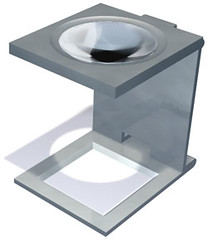In a nutshell, a Danish photojournalist turned the saturation and contrast in his RAW files up to 11, as is the fashion these days in editorial / design photography, and entered them into a contest. Judges said, that's not what journalism looks like, and demanded to see his RAW files for comparison.
It's interesting to see how those original files are needed to stand in for some kind of objective reality. It's not as if stuff like this wasn't possible in pre-digital darkrooms, and it's not like you can ever view a RAW file without some rendering/intent decisions being made -- either by you or some software engineer.
Nobody's asking me, but I would say there's a big difference between local and global adjustments. Anything you can do to a digital file without making a selection falls in to one level of manipulation, and anything involving a selection or other pixel-pushing (layer, mask, rubberstamping, etc) falls into another. Any time you open a RAW file in Photoshop, you're already at level one.
And this bit is just incorrect:
"He deliberately chose a chair and made it yellow, and so he chose the wall and made the blue," said Peter Dejong. "For me it is unacceptable."To me it seems like the area in question is well within the possibilities of global color adjustment from RAW.
From John Nack.
(Update -- machine-translated link above can be wonky; here's a page on the original site -- in Danish.)
